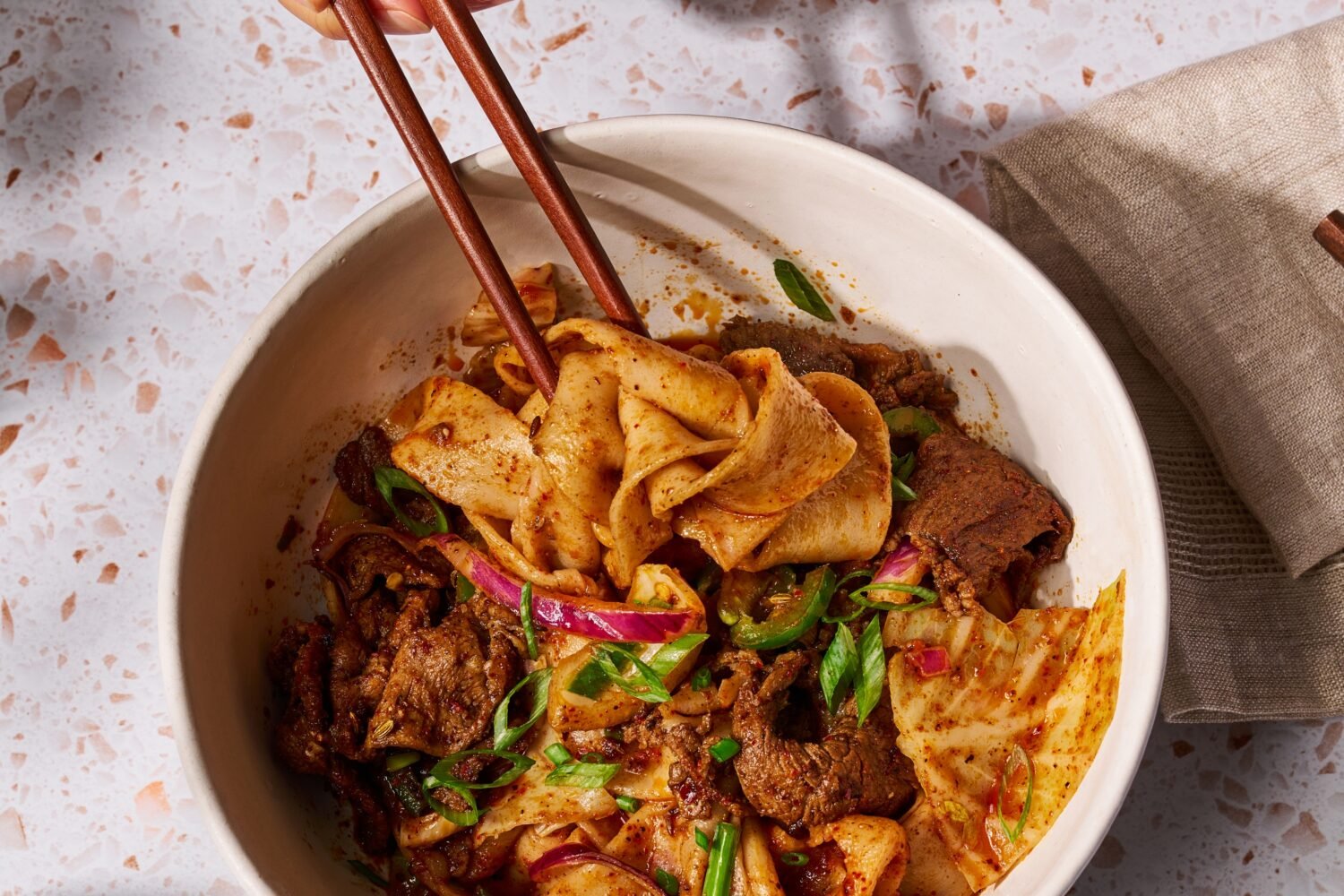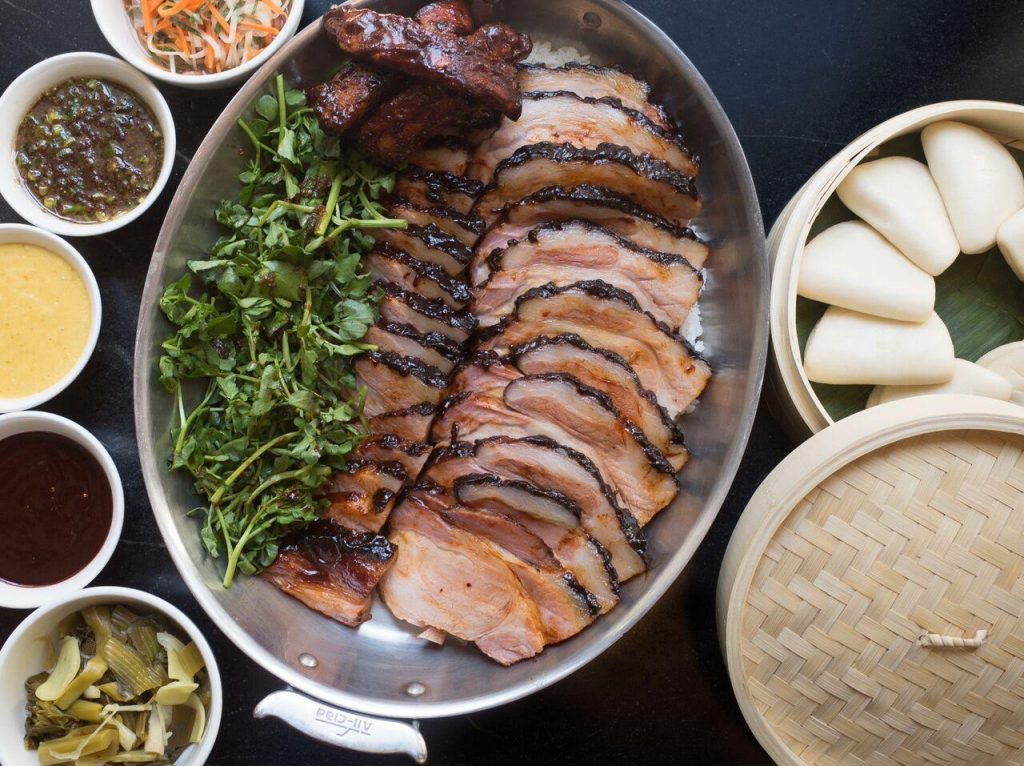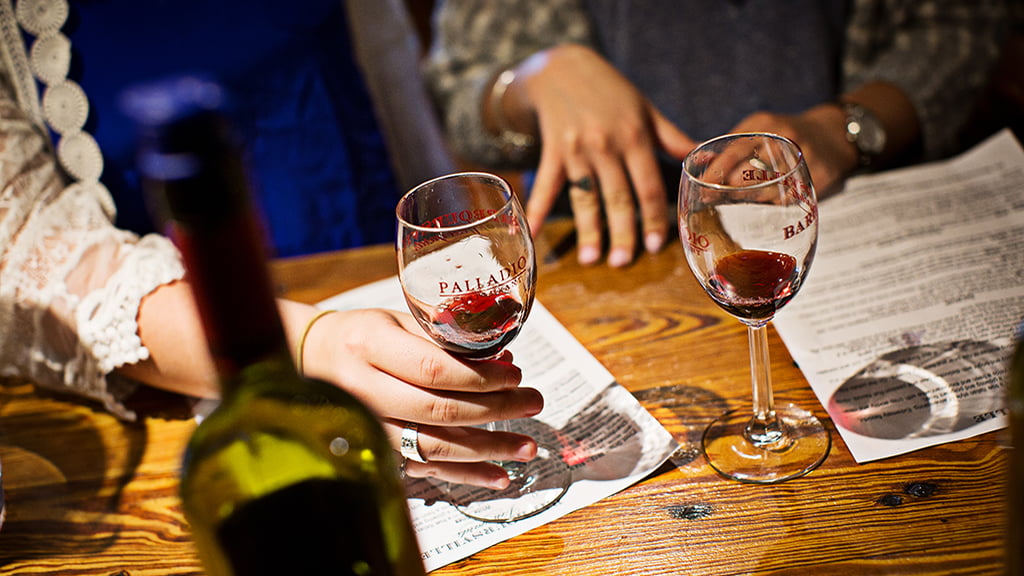Not many winemakers would chortle and say, “Fantastic!” when their wines come in last in a blind tasting. But that was precisely the reaction of Steve Smith, winemaker of Craggy Range Vineyards in New Zealand, when his Sauvignon Blanc was rated sixth out of six at a tasting this past Tuesday at Per Se restaurant in New York. The judges were some of the Big Apple’s most persnickety wine writers, and yours truly representing DC. The last-place finish for his wine helped Smith prove a point.
What is a great wine? One that wows you with its point score, aroma, fruit, complexity, and long finish, perhaps with some “minerality” thrown in? (Wine-geek alert: Tossing about the word “minerality” will earn you entrée into all sorts of exclusive wine circles.) Or is a great wine one that complements your dinner, enhancing a flavor here and there, and rendering the whole of food-plus-wine greater than the sum of its parts?Perhaps more important, can those two wines be one and the same? Does a wine that wows by itself inherently pair well with food? One might think so—if it’s a great wine, it’s a great wine. Right?
Well, not necessarily, Smith would say. Smith is also a Master of Wine, which is not just someone with a PhD in oenogeekdom but more like a Nobel Prize winner. He argued that wine reviewers, geeks, writers, and judges tend to look for characteristics in a wine that don’t necessarily make the wine food-friendly. Aggressive, intense fruit flavors, sappy ripeness, and soft acid can make a wine stand out in a suspect’s lineup but maybe not at the dinner table. Smith prefers to look for “texture” and “balance,” two characteristics that can be hard to describe and, unless you’re looking for them, easy to dismiss.
“Any wine that is out of balance in its components will tend to taste even more out of balance with food,” Smith said. “Wines that taste a little acidic by themselves taste more acidic with food, and wines that are flat taste even more flat and insipid when paired with a meal. Wines that impress with in-your-face fruit do not always hold up well with food.”
Smith had the “judges” do a blind tasting of six award-winning New Zealand Sauvignon Blancs—“Savvy” to the Kiwis—followed by the same six in a different order, with three dishes prepared by Thomas Keller’s kitchen crew. (Chef-groupie alert: Before the tasting, I saw Keller inspecting his Bouchon bakery one floor below. I even overheard someone whispering, “Look—there goes Daniel Boulud!”)
How did the wines fare with and without food? Well, the Craggy Range Te Muna Sauvignon Blanc 2006, which finished last in the initial tasting, was the group’s favorite with food. (I rated it fifth and second, respectively.) By itself, I found the wine reticent in that it had virtually no aroma—extraordinary for a New Zealand Savvy—but just when I was prepared to dismiss it altogether, some appealing nectarine flavor emerged on the palate and finished rather strong. Smith described it as having a “talcum powder” texture, something I chalked up to antipodean jet lag. My favorite wine from the initial tasting, the Kim Crawford 2006 Sauvignon Blanc, did not fare as well with food.
The Te Muna shined with a salad of sturgeon with horseradish cream and little pea-size balls of Granny Smith apples that played hide and seek with my fork. This was a dish that wreaked havoc on the other wines. The Te Muna also paired well—as did all of the others—with a dish of shaved fennel and butter-braised lobster knuckles.
So what were my takeaways from this tasting, other than the startling realization that lobsters have knuckles? My rankings differed widely from those of the group, suggesting that either New York wine writers are idiots or I’m an idiot or reasonable palates may differ. Fennel shares an affinity with New Zealand Sauvignon Blanc of any style. And Craggy Range’s red wines are even better than their whites. But more on them some other time . . . .
















